Evergreen boxwood: planting, growing and caring for shrubs
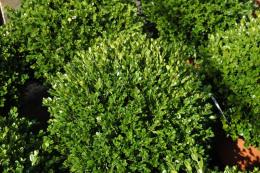
Among ornamental evergreens, the boxwood shrub takes pride of place in the leading list among holly, trachycarpus, lavender and arundinaria (ornamental bamboo). Despite the foreign origin of the name boxwood - from the Latin Buxus - quite unpretentious to use and does not require special dexterity and skills of an advanced gardener.
Content:
- What season to plant, how to choose soil and prepare for planting?
- Optimal temperature conditions, lighting, watering
- Care immediately after landing
- Cultivation and care activities
What season to plant, how to choose soil and prepare for planting?
Owners of country houses and personal plots use evergreen shrubs to decorate the landscape. Boxwood tolerates temperature changes well, is frost-resistant, is ok with crown trimming and is not picky about care.
In nature, there are about 30 plant species that live in certain regions and have characteristic external differences. Thanks to this, with just one plant you can decorate your garden plot, the plants of which will not require individual careful care every day.
Despite the fact that boxwood is an outdoor plant, there are a number of types of shrubs that can be used to decorate a room. For example, variety "Buxus harlandii Hance" will allow you to create an amazing composition in a flower box.A distinctive feature of the plant is its slow growth, which allows you to create a miniature masterpiece in a flower pot.
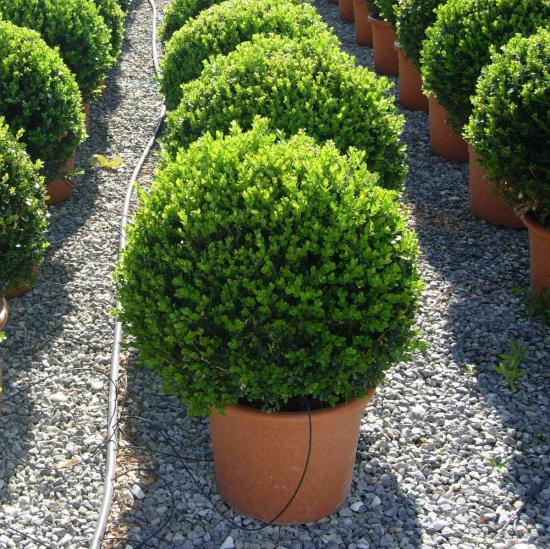
Depending on the age of the plant, its planting time is determined. Thus, it is recommended to plant young buxuses in the autumn, and individuals from 3 years and older are less whimsical; plants can be planted at any time of the year, except winter. Choice seedlings for arranging a front garden is not a difficult task. The main thing is to decide what effect its owner wants to achieve.
Continental shrubs are distinguished by large green leaves and a lush crown. Seedlings with yellowed or spotted leaves are not the best option, because... Such signs indicate the imminent death of the plant or its disease. The soil for buxus should be well-drained, loose and contain basic nutrients.
Like tomatoes, boxwood loves neutral soil. To determine the acidity of the soil, litmus paper is used - commonly called indicator paper. Stages of determining soil acidity:
- On the site, determine the preferred location for placing shrubs and dig small holes 30-35 cm deep.
- Take a handful of soil from each, moisten it with water and press it with litmus paper.
- Check the pH reference school, which will be included with the indicator paper upon purchase. So, soil of different acidity will have a color from red (strong) to yellow (weak) level. Neutral acidity – from greenish to blue.
Optimal temperature conditions, lighting, watering
It is better to plant boxwood bushes in cloudy weather or after sunset. Holes for shrubs should exceed the volume root system several times.It is recommended to place turf soil, leaf humus and sand at the bottom of the hole, in a ratio of 2 to 4 to 1, respectively, and season with potassium fertilizer.
Buxus bushes take root within 3-5 weeks. Therefore, it is not recommended to trim shrubs planted in autumn, because During the winter cold, the plant must be covered with snow. It is recommended to sprinkle the soil around the boxwood trunk with waterproof soil. Subsequent movement of the young seedling on the site is possible only in April. Planted shrubs on poor soils will have a fluffy crown, but the growth rate will slow down significantly.
To improve the living conditions of the evergreen resident, you can add slaked lime or compost to the soil. Direct exposure to sunlight negatively affects the health of the plant.
Therefore, bushes should be planted in the shaded part of the site. If there are no shaded places on the site, it is necessary to create an artificial shadow to protect the delicate leaves of the boxwood from burns. Bubbsus has a positive attitude towards the neighborhood and does not conflict with other plants on the site.
Despite the previously stated frost resistance, temperatures below 20 degrees below zero are ambiguously tolerated - the plant may die. Therefore, it is necessary to insulate the soil during cold weather. An ordinary heat insulator can help in this difficult task or you can arrange a garden like greenhouses.
Care immediately after landing
After planting, the plant requires minimal care. In the summer, to prevent dehydration, it is recommended to water several times a week. The rest of the time, it is enough to spray the boxwood leaves with a spray bottle and occasionally water the roots. Frequent watering promises rotting of the root system.
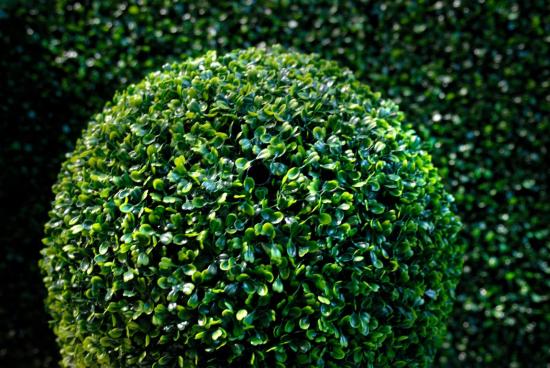
The plant should be replanted from place to place no more than several times a year. An optional but pleasing element of plant care is pruning. Haircuts can be done several times a year. Depending on the frequency of cutting, the frequency of feeding plants with nutrient solutions to replenish nutrients is determined. Watering after cutting should be done more often than usual for the first few weeks.
Cultivation and care activities
Secrets for growing and caring for plants:
- Mulching the ground with agrofibre around a boxwood seedling can be replaced with crushed bark of coniferous plants or pine needles.
- Fallen leaves for mulching unsuitable. Because under the thick snow, rotting may begin and the plant will die or the root system will acquire fungal or infectious diseases.
- To create a hedge, it is recommended to start planting in the spring so that the root system is well strengthened and spreads out in growth. To do this, it is necessary to prepare holes at a distance of 0.3-0.4 m.
Thus, by observing the minimum list of plant care requirements, you can get an ideal garden that is pleasing to the eye and does not require a special approach to caring for and maintaining its flowering and life.
Video about proper planting of boxwood shrubs:

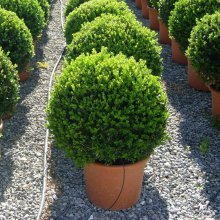

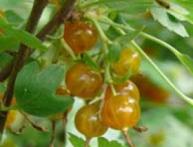
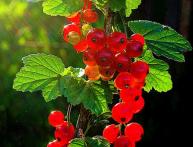
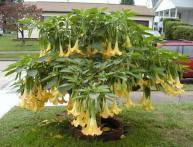
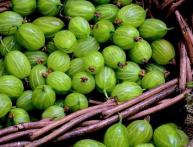

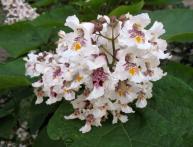

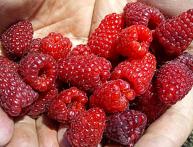
Comments
I read it carefully, everything was very sensible - the topic turned out to be relevant: in winter (!) I had to plant a box tree, already quite mature, the children brought it from friends who left the country. I thought, well, it won’t take root - it’s cold, and I’ll have to completely transplant the adult plant to another place...In general, it took root and didn’t die, but I watch the boxwood all the time (water it or not, feed it or not, etc.), now I have a clear idea of what I’ll do with it :):):) I really liked the idea of a hedge.
A very beautiful plant, it has a dense crown and can be given any shape. Boxwood is an evergreen tree and in the spring it will look very beautiful, because the trees are still standing without leaves, and the boxwood is already all green.